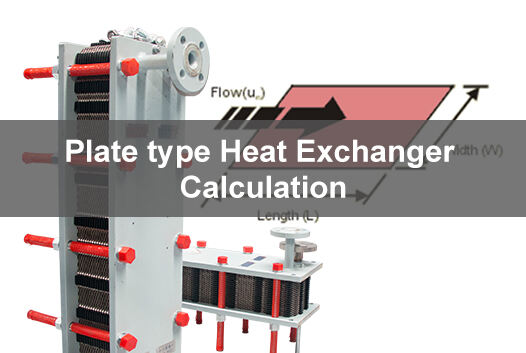To solve the heat transfer problem in a Plate Heat Exchanger, we typically need to assess parameters like the overall heat transfer coefficient (U), log mean temperature difference (LMTD), and flow rates. While the principle of heat transfer remains consistent regardless of the medium, it's important to distinguish between different applications. Please contact JINFAN for industrial applications.
1. Determine Inlet/Outlet Temperatures: Identify the hot and cold fluids' inlet and outlet temperatures.
2. Calculate Heat Transfer Rate (Q): Use the formula Q for either fluid.

3. Calculate Overall Heat Transfer Coefficient (U): This involves estimating each fluid's individual heat transfer coefficients.

4. Log Mean Temperature Difference (LMTD):
5. Calculate Required Area (A):

6. Evaluate Flow Arrangement: Consider whether the flow is counterflow, parallel flow, or crossflow, as this affects calculations.
A well-designed plate heat exchanger maximizes heat transfer efficiency while minimizing pressure drop and maintenance needs. Proper calculations and material selection are essential for achieving the ultimate performance goals.
----------------------------------------------------------------------------------------------------
> Contact us, our plate heat exchanger engineer can help you with your calculations.<
